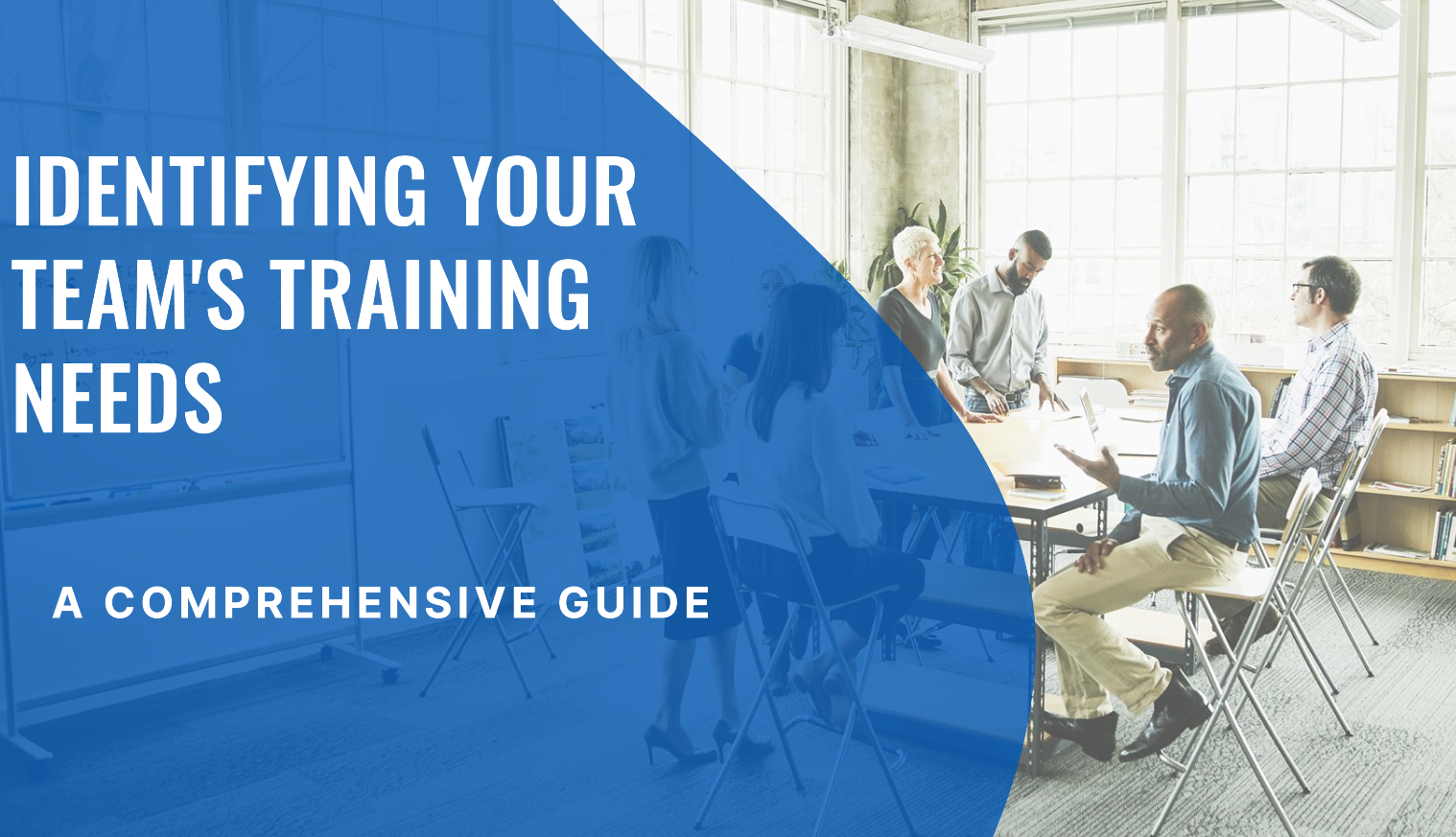
Unlocking the Best Methods and Tools to Identify Your Team’s Training Needs: A Comprehensive Guide
Understanding the training needs of your target group is crucial for designing effective training programs. Collecting accurate and comprehensive data ensures that training initiatives are relevant, targeted, and impactful. This blog explores the best methods and tools for collecting data on training needs, supported by the latest research and data.
1. Surveys and Questionnaires
Overview
Surveys and questionnaires are among the most commonly used tools for collecting data on training needs. They allow organizations to gather quantitative data from a large number of participants efficiently.
Advantages
- Scalability: Can reach a large audience quickly.
- Anonymity: Encourages honest feedback.
- Standardization: Ensures consistent data collection.
Tools and Techniques
- Online Survey Platforms: Tools like Google Forms, SurveyMonkey, and Typeform enable easy distribution and data collection.
- Customized Questionnaires: Tailored to specific training needs, these can provide deeper insights.
Latest Research
A study by the Society for Human Resource Management (SHRM) found that 78% of organizations use surveys to identify training needs. The use of online surveys has increased by 45% over the past five years due to their convenience and efficiency .
2. Interviews and Focus Groups
Overview
Interviews and focus groups provide qualitative insights into training needs by allowing direct interaction with participants.
Advantages
- Depth of Information: Enables detailed exploration of training needs.
- Clarification: Facilitates immediate follow-up questions for clarity.
- Engagement: Participants may feel more valued and engaged.
Tools and Techniques
- Structured and Semi-Structured Interviews: Use of predefined questions while allowing for flexibility.
- Focus Groups: Small groups discuss training needs, facilitated by a moderator.
Latest Research
According to a report by the Chartered Institute of Personnel and Development (CIPD), organizations using focus groups and interviews reported a 60% higher satisfaction with training outcomes compared to those using only quantitative methods .
3. Observations and Assessments
Overview
Observations and assessments involve directly watching employees perform their tasks and evaluating their skills and competencies.
Advantages
- Real-Time Data: Provides immediate and contextual insights.
- Behavioral Insights: Captures actual behavior rather than self-reported data.
- Customization: Can be tailored to specific job roles and tasks.
Tools and Techniques
- Job Shadowing: Observing employees during their workday.
- Skill Assessments: Practical tests to evaluate specific competencies.
- Performance Metrics: Analysis of work output and quality.
Latest Research
Research published in the Journal of Workplace Learning indicates that observational assessments can identify up to 30% more training needs than self-report methods alone.
4. Documents and Records
Overview
Analyzing existing documents and records can provide historical data on training needs, performance issues, and employee development.
Advantages
- Historical Data: Utilizes existing data without additional collection efforts.
- Cost-Effective: Leverages available resources.
- Comprehensive: Includes a variety of documents such as performance reviews, training records, and incident reports.
Tools and Techniques
- Document Analysis: Reviewing reports, performance appraisals, and training records.
- HR Information Systems (HRIS): Using HR software to access and analyze employee data.
- Learning Management Systems (LMS): Tracking previous training participation and outcomes.
Latest Research
A study by the American Society for Training and Development (ASTD) found that 65% of organizations use document analysis to identify training needs, with an increasing trend toward integrating HRIS and LMS for more robust data analysis .
5. Feedback and Suggestions
Overview
Gathering feedback and suggestions from employees and managers can provide valuable insights into perceived training needs.
Advantages
- Direct Input: Employees and managers can highlight specific areas for improvement.
- Engagement: Involving staff in the process can increase buy-in for training programs.
- Flexibility: Can be collected through various channels, including suggestion boxes, emails, and meetings.
Tools and Techniques
- Suggestion Boxes: Anonymous submissions of training needs and ideas.
- Feedback Meetings: Regular meetings to discuss training needs with teams.
- Digital Feedback Tools: Platforms like Slack or Microsoft Teams for continuous feedback collection.
Latest Research
A survey by Deloitte found that organizations using continuous feedback mechanisms reported a 25% improvement in identifying relevant training needs, leading to more targeted and effective training programs .
6. Data Analysis and Synthesis
Overview
Data analysis and synthesis involve processing and interpreting collected data to identify training needs and trends.
Advantages
- Insightful: Transforms raw data into actionable insights.
- Trend Identification: Detects patterns and recurring issues.
- Decision Support: Informs strategic training decisions.
Tools and Techniques
- Data Analytics Software: Tools like Tableau, Power BI, and Excel for analyzing survey results and other data.
- Statistical Analysis: Using statistical methods to interpret data.
- Synthesis Reports: Compiling findings into comprehensive reports for stakeholders.
Latest Research
The use of advanced data analytics in training needs assessment has grown significantly. A report by IBM highlighted that organizations using data analytics in HR saw a 40% increase in the accuracy of their training needs assessments .
Conclusion
Collecting data on training needs is a multifaceted process that involves various methods and tools. Surveys and questionnaires, interviews and focus groups, observations and assessments, documents and records, feedback and suggestions, and data analysis and synthesis each offer unique advantages. By leveraging these methods and incorporating the latest research and data, organizations can effectively identify and address the training needs of their target groups, ultimately enhancing workforce performance and productivity.
Contact Us for customized training solutions:
E-mail : [email protected]
Visit our website :www.talentsapphire.com
#TopCorporateTrainingCompanyinGurgaon #BestCorporateTrainingprovidoringurgaon #BestHRTrainingAgencyinGurgaon #TopEmployeeTrainingCompanyinGurgaon #TrainingforCorporateEmployeesinGurgaon #CorporateTrainingWorkshopinGurgaon
#besttrainingdeliveryinGurgaon
References
1. Society for Human Resource Management (SHRM). (2022). Training Needs Assessment: Survey Methods.
2. Chartered Institute of Personnel and Development (CIPD). (2023). Effective Use of Interviews and Focus Groups in Training Needs Analysis.
3. Journal of Workplace Learning. (2023). Observational Assessments in Identifying Training Needs.
4. American Society for Training and Development (ASTD). (2022). Document Analysis for Training Needs Assessment.
5. Deloitte. (2023). Impact of Continuous Feedback on Training Needs Identification.
6. IBM. (2023). Advancements in Data Analytics for HR and Training.
